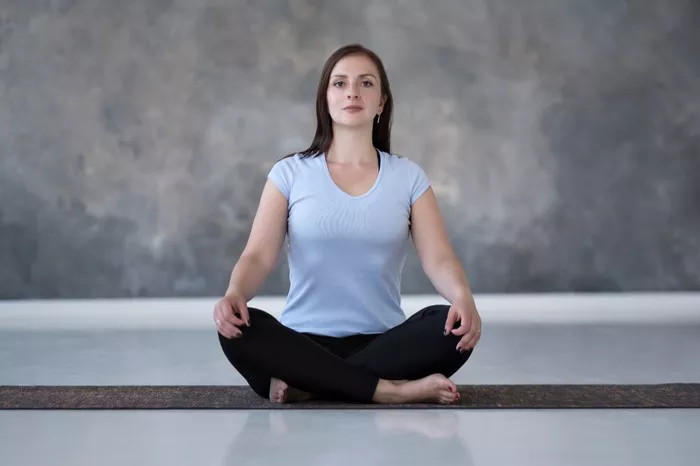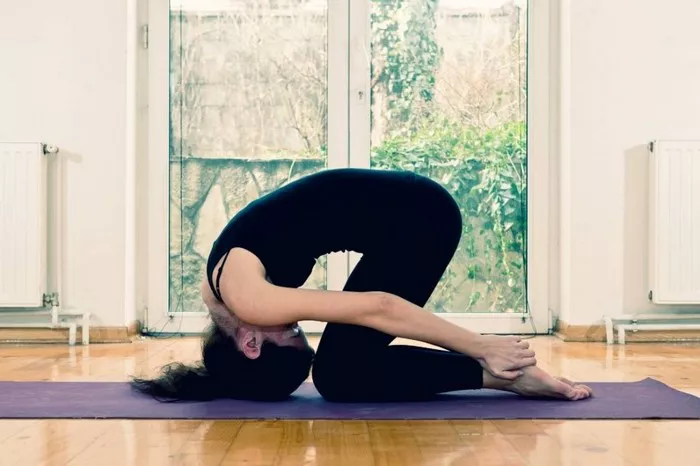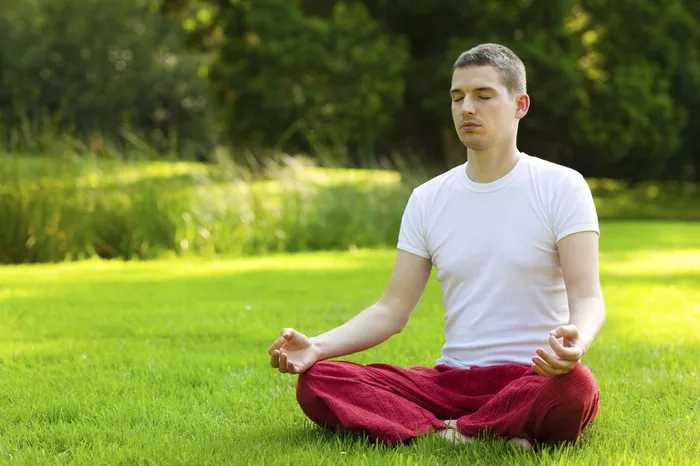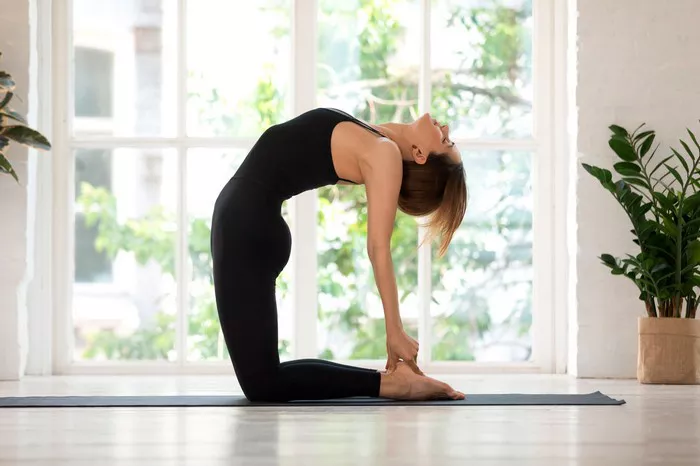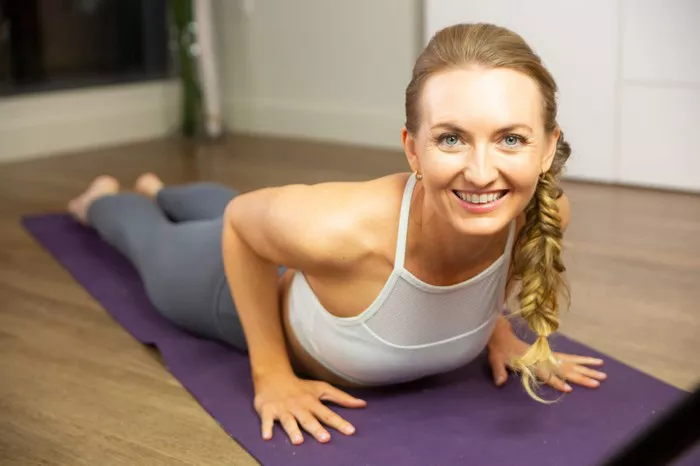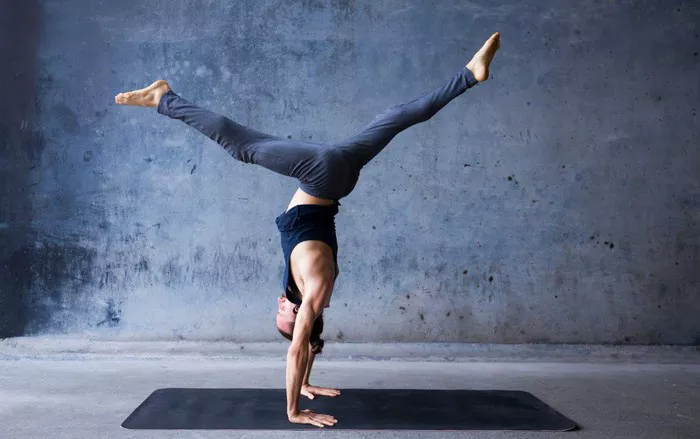As a yoga instructor with many years of experience, I often emphasize the importance of maintaining your yoga equipment to ensure longevity, hygiene, and optimal performance. Among essential props, cork yoga blocks have gained popularity due to their eco-friendly nature, durability, and excellent grip. However, caring for cork blocks requires a specific approach because cork is a natural, porous material that reacts differently compared to synthetic materials.
In this guide, I will walk you through everything you need to know about cleaning cork yoga blocks. You’ll learn why cleaning is crucial, the best practices for keeping your blocks fresh, and tips to avoid damage while preserving their natural qualities. Whether you’re a yoga teacher, a student, or just someone who practices at home, this comprehensive guide will help you care for your cork blocks effectively and safely.
Why Clean Your Cork Yoga Blocks?
Yoga blocks serve as important aids in your practice by providing stability, support, and alignment. Over time, they accumulate sweat, dust, oils from the skin, and other residues. Here are the main reasons why cleaning your cork blocks is vital:
1. Hygiene and Health
Cork blocks can harbor bacteria and fungi, especially when used frequently and stored in humid environments. Cleaning removes these potential pathogens and reduces the risk of skin irritations or infections.
2. Maintain Grip and Performance
The unique texture of cork provides excellent traction during poses. Dirt and oils build-up can cause blocks to become slippery, compromising your safety and practice quality.
3. Extend the Lifespan of Your Blocks
Regular cleaning prevents material degradation caused by sweat and dirt, preserving the blocks’ firmness and structure over time.
4. Preserve Natural Appearance
Cork has a distinctive look and feel that can dull if not cleaned properly. Keeping blocks clean maintains their aesthetic appeal.
Characteristics of Cork and How They Affect Cleaning
Before diving into cleaning methods, it’s important to understand cork’s properties:
- Porous and Absorbent: Cork naturally absorbs moisture and oils, which makes it prone to staining and bacterial growth.
- Delicate Surface: While durable, cork can crack or chip if exposed to harsh chemicals or excessive water.
- Eco-Friendly: Cork is harvested sustainably from cork oak trees, so cleaning products should be eco-conscious to maintain the block’s green credentials.
These characteristics dictate a gentle, yet thorough cleaning process.
Daily Maintenance Tips for Cork Yoga Blocks
Preventative care will reduce the frequency of deep cleaning sessions and keep your blocks fresh with minimal effort.
Wipe After Every Use
Immediately after practice, use a damp cloth or microfiber towel to wipe down the block’s surface. This removes sweat and surface dirt before it settles in.
Allow Proper Drying
Store blocks in a well-ventilated area away from direct sunlight or heat sources. Avoid leaving them in your yoga bag or enclosed spaces where moisture can accumulate.
Use a Natural Spray Cleaner Regularly
Prepare a simple spray solution using water and a few drops of mild essential oils like tea tree or lavender, which have natural antimicrobial properties. Lightly mist your blocks after wiping to keep them smelling fresh.
Step-by-Step Guide to Deep Cleaning Cork Yoga Blocks
When your blocks start to look or smell dirty despite regular maintenance, it’s time for a deep clean. Follow these steps carefully:
What You Will Need
- Soft-bristle brush or sponge
- Mild liquid soap (preferably unscented and natural)
- White vinegar (optional)
- Warm water
- Clean towels
- Essential oils (optional)
Cleaning Procedure
Step 1: Prepare the Cleaning Solution
Mix warm water with a small amount of mild soap. If you want extra disinfection, add a tablespoon of white vinegar to the solution. Vinegar is a natural cleanser and deodorizer but should be diluted to avoid damaging the cork.
Step 2: Remove Surface Dust and Debris
Using a dry soft-bristle brush, gently sweep away any loose dirt from the block’s surface. This prevents scratching when you clean with water.
Step 3: Spot Test
Before applying any solution to the entire block, test it on a small, inconspicuous area. This ensures the solution doesn’t discolor or damage the cork.
Step 4: Clean the Block
Dip a sponge or soft cloth into the cleaning solution, wring out excess water, and gently scrub the block’s surface. Avoid soaking the block; cork should never be submerged in water.
Step 5: Rinse With a Damp Cloth
Use a clean cloth dampened with plain water to wipe off any soap residue. Make sure to remove all traces of detergent to prevent surface buildup.
Step 6: Dry Thoroughly
Pat the block dry with a clean towel, then place it in an airy spot to dry completely. Avoid direct sunlight or heat, which can warp or crack the cork.
Addressing Common Concerns
Can You Use Commercial Cleaners on Cork Blocks?
It’s best to avoid harsh chemical cleaners, bleach, or abrasive scrubs as they can damage the cork’s surface and strip its natural oils. Stick to gentle, natural solutions.
How Often Should I Deep Clean My Cork Blocks?
For regular practitioners, a monthly deep clean is ideal. If you practice daily or share blocks with others, consider cleaning every two weeks.
What If My Blocks Develop an Odor?
Persistent odors indicate bacteria growth. Use a vinegar-water spray or natural disinfectant sprays to neutralize smells. Ensure thorough drying afterward.
Can Cork Blocks Get Moldy?
Yes, especially if stored in damp, poorly ventilated areas. Cleaning with vinegar and ensuring dry storage conditions prevent mold growth.
Long-Term Care and Storage Tips
Proper storage and occasional conditioning can enhance your cork blocks’ longevity.
- Avoid Moisture: Store blocks in a dry, cool place.
- Use Breathable Bags: If you carry blocks in bags, choose ones made from natural, breathable materials.
- Condition Cork Occasionally: You can apply a small amount of natural cork conditioner or beeswax to maintain moisture balance, but use sparingly.
- Rotate Blocks: If you own multiple blocks, rotate their use to allow full drying time.
Conclusion
Cork yoga blocks are a wonderful addition to your practice, providing stability and sustainability. Caring for them properly through regular cleaning and maintenance preserves their function, appearance, and lifespan. By following the gentle cleaning methods outlined in this guide, you ensure your cork blocks remain safe, hygienic, and ready to support your practice for years to come.
Remember, the key is balance—cleaning enough to maintain hygiene without overexposing cork to moisture or harsh substances. With mindful care, your cork blocks will continue to be a reliable and eco-friendly companion in your yoga journey.
Related Topics:


